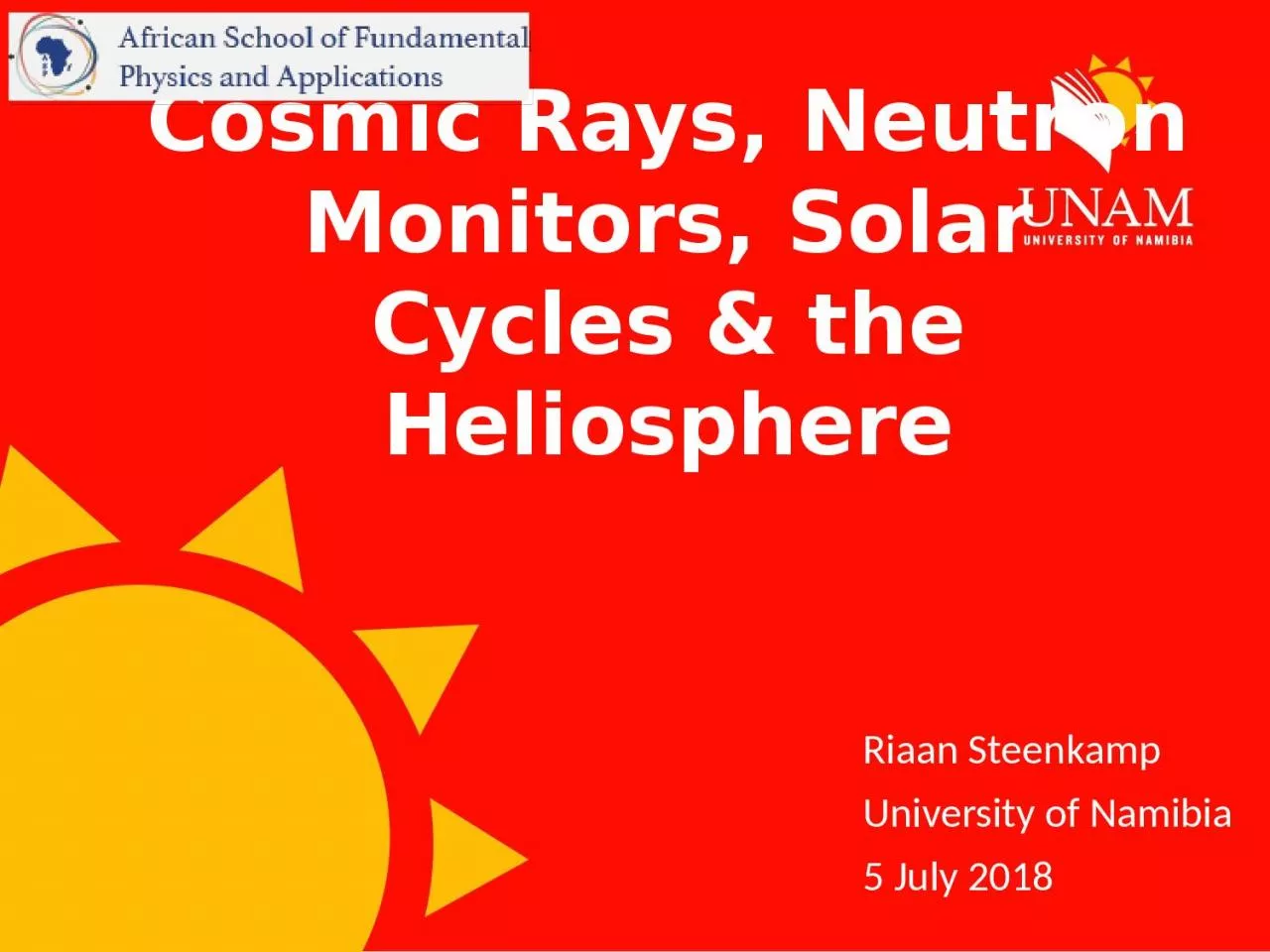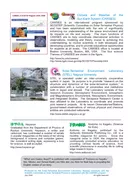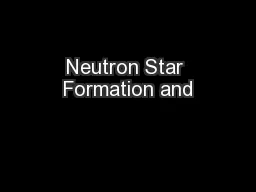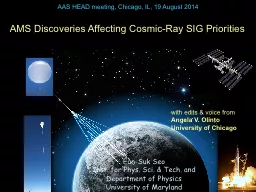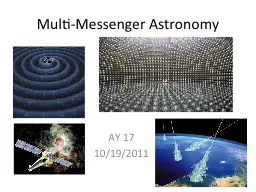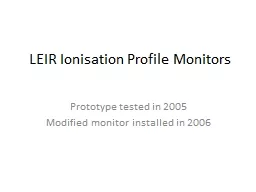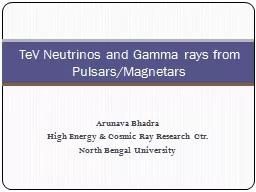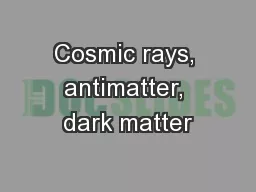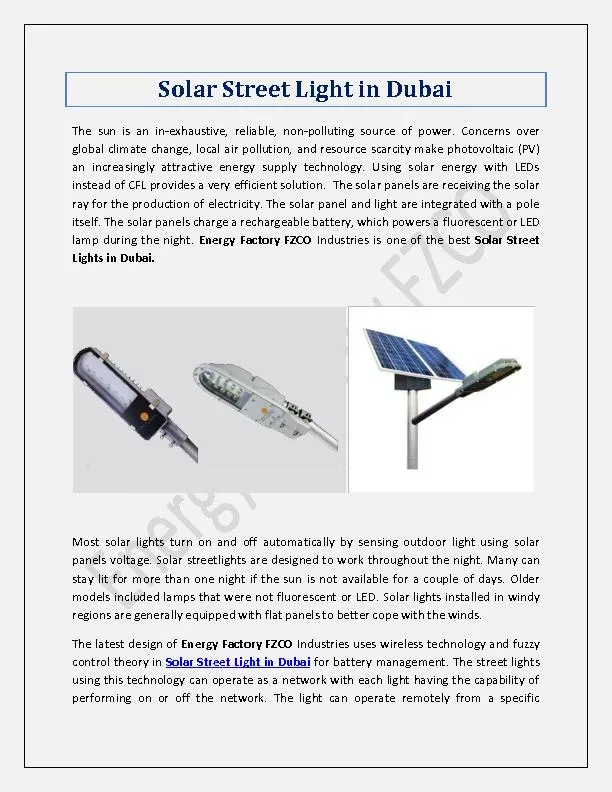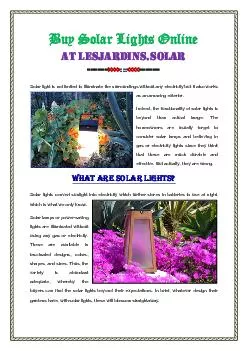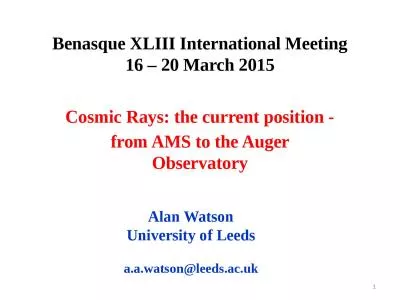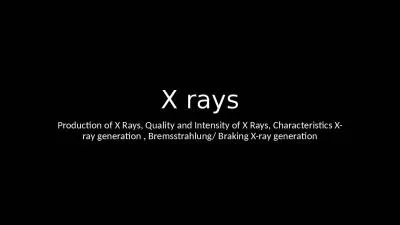PPT-Cosmic Rays, Neutron Monitors, Solar Cycles &
Author : isabella2 | Published Date : 2023-10-04
the Heliosphere Riaan Steenkamp University of Namibia 5 July 2018 History and Discovery A short history of the discovery of Cosmic Rays At beginning of 20 th
Presentation Embed Code
Download Presentation
Download Presentation The PPT/PDF document "Cosmic Rays, Neutron Monitors, Solar Cy..." is the property of its rightful owner. Permission is granted to download and print the materials on this website for personal, non-commercial use only, and to display it on your personal computer provided you do not modify the materials and that you retain all copyright notices contained in the materials. By downloading content from our website, you accept the terms of this agreement.
Cosmic Rays, Neutron Monitors, Solar Cycles &: Transcript
Download Rules Of Document
"Cosmic Rays, Neutron Monitors, Solar Cycles &"The content belongs to its owner. You may download and print it for personal use, without modification, and keep all copyright notices. By downloading, you agree to these terms.
Related Documents

